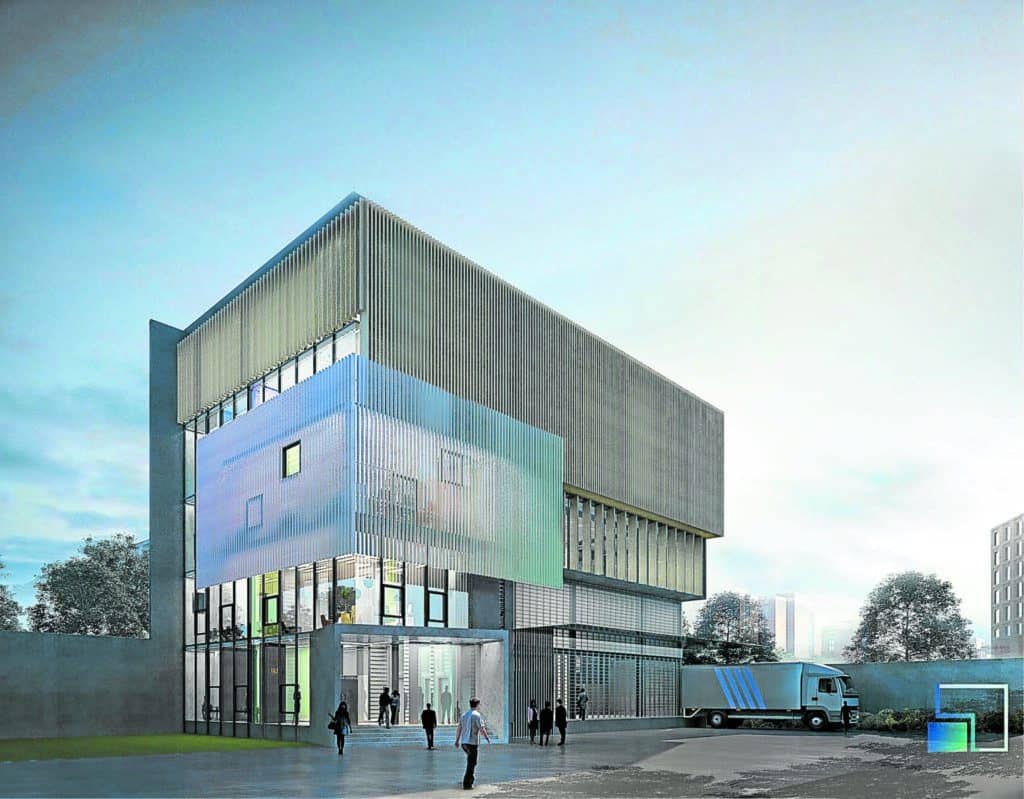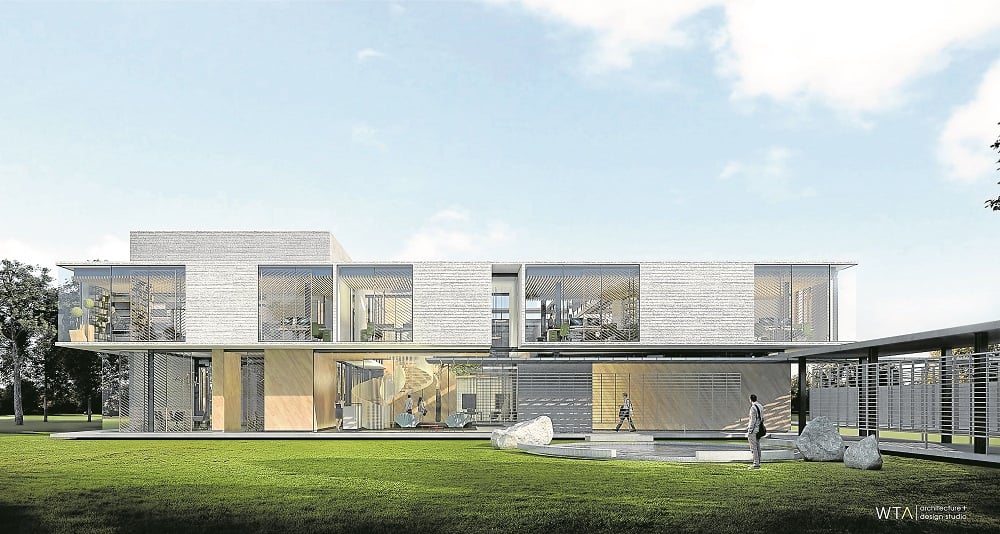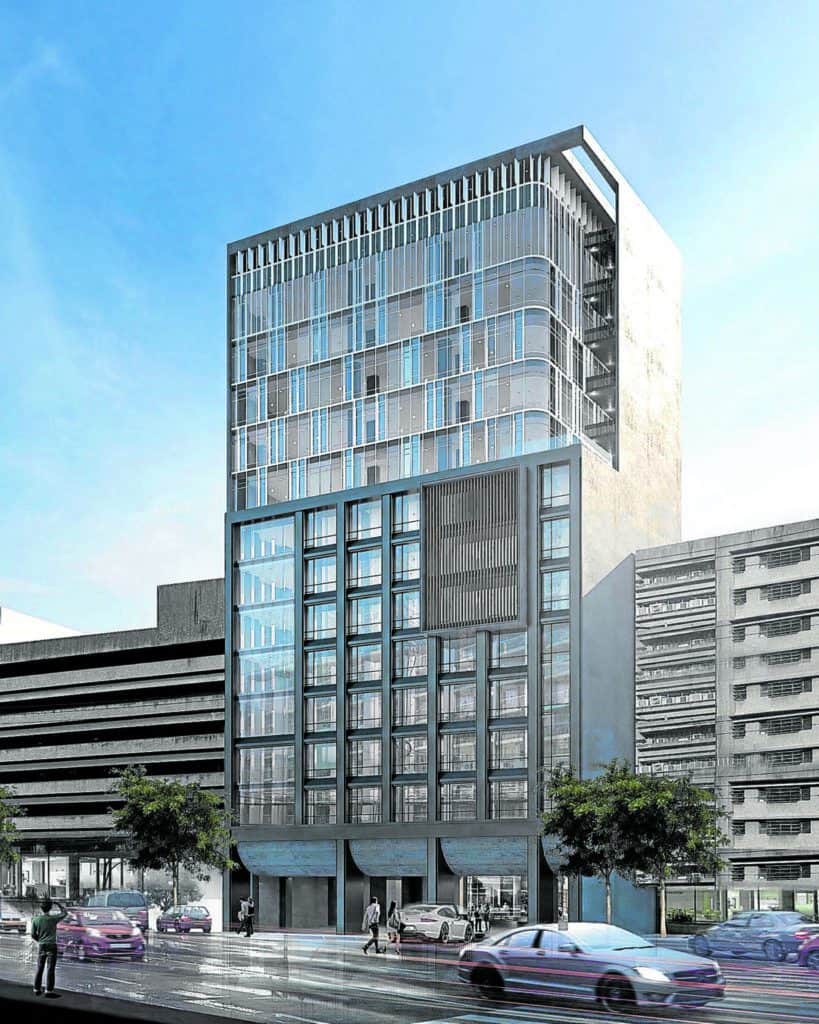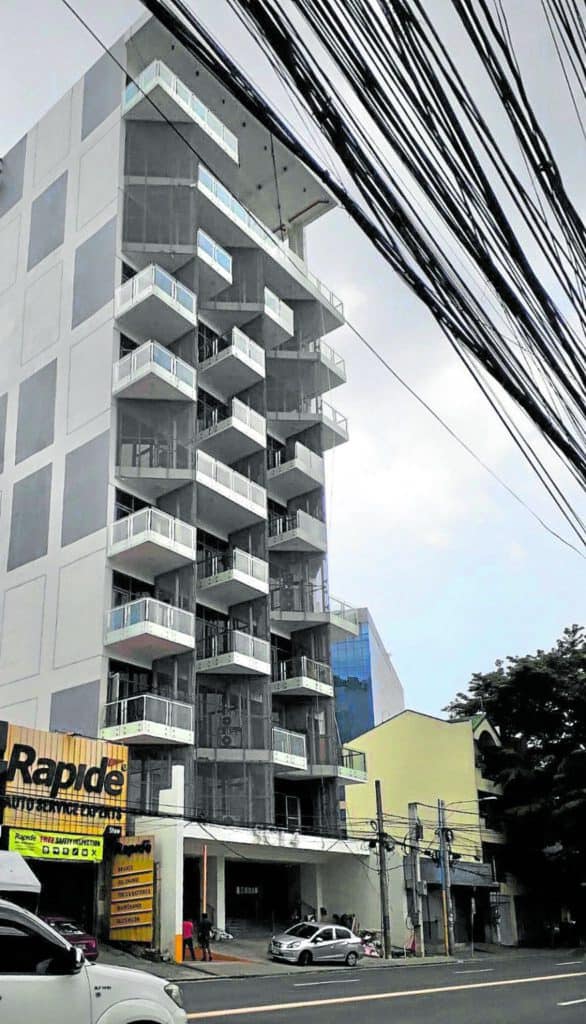
There are four little kittens who’ve started to call our office home. I see them scurrying around every day now, chasing each other and watching everyone go up and down our stairs as they begin to explore and grow more confident about their surroundings.
Most years, I probably wouldn’t notice much of this. But 2020 has reduced my days to basically the home and the office for the last six months or so.
This year has changed our relationships with our workplaces like no other. A lot of jobs have been lost and many of us are working from the comfort and confines of our own homes. The adoption of a work-from-home arrangement is an incredible shift in office design that will likely define our relationships with our work environment in the years to come.
Offices are spaces for administrative or clerical work that served bigger and more complex organizations.
The first purpose-built office buildings were created in the 18th century. The Old Admiralty Building was built for the Royal Navy in 1726. The Industrial Revolution and the invention of the modern skyscraper gave rise to the office building as a distinct building typology in our towns and cities.
As bigger towers and more spaces were needed, we have seen the dominance of indeterminate and dull office towers that serve multiple faceless companies and industries. Office design has become less about purpose and more about efficiency.

Identity and Community
Have you ever stopped to watch the entrance of an office building in the morning rush hour? I’ve noticed a few times how they seem to be this surreal parody of consumption, with soulless steel and glass creatures gobbling up thousands of people as they rush inside to get to work. I have always been thankful and particular to have been able to avoid working in such spaces.
While my days may be limited to the 400 meters between my home and my office, they have also called to attention the advantages of hyper local and purposeful workspaces with an identifiable family of colleagues. It is as if we are living in a work bubble, with a space and friends that we can identify with, and allows us to extend our days beyond the immediate walls of our homes.
The organizational flexibility and social isolation we have been forced to live through this past months can lead to a few changes in the architecture of office buildings. We believe that more local and community-based workspaces can be established as opposed to having people spend long commutes to central business districts that cause incredible congestion.
Mixed-use does not just mean building residential towers closer to our places of work, but also bringing these jobs closer to where the people are.
The health benefits of smaller and more limited social bubbles will also lead to more medium scale purpose-built offices to serve individual organizations and companies. Smaller offices ranging from 3 to 15 storeys high on more affordable plots of land can be built closer to the people and become vital and articulated parts of our neighborhoods. This will allow office architecture to become more nuanced and adopt the character and identity of these office communities.
Remote working and flexible work arrangements also highlight the indispensable need for safe and comfortable collaboration as opposed to spatial efficiency.
Our offices can be more desirable and more like homes or cafés. They can be spaces that we enjoy and a place to meet as needed. The need for fewer work desks and sizable, more flexible collaborative spaces should not lead to smaller and more constricted work environments but rather to more open and diverse spaces from outdoor terraces to team-based work studios and cooperative workshops.

A Season of Change
COVID-19 has us paralyzed like deer caught in the headlights. Our days have become blurred together and time has become a Kafkaesque unending period of uncertainty and inaction.
But September has now come and, with the advent of the Christmas season in the Philippines, signals the end of the year. Perhaps it is also a season for us to come out of our fears and discover how to move forward. 2020 will not be in vain if we find in it the time for contemplation and learning from which we can establish a healthier and stronger community for us all.
We yearn to see this pandemic pass and hope for a season of change. In that spirit, we should look forward with anticipation, not just to a return to normal, but to a better future that we can all celebrate.

#realestateblogph | #realestateblogphpropertynews | #REBPH
Article and Photo originally posted by Inquirer.Net last September 12, 2020 4:26am and written by Ar. William Ti Jr.







More Stories
Vista Land Celebrates 50 Years with Sandiwa: An Event Honoring Leadership, Legacy, and the Filipino Dream of Homeownership
Vista Land Celebrates Love Month in Ilocos Region
Vista Land Bridges Cebuano Heritage and Progress with Valencia by Vista Estates